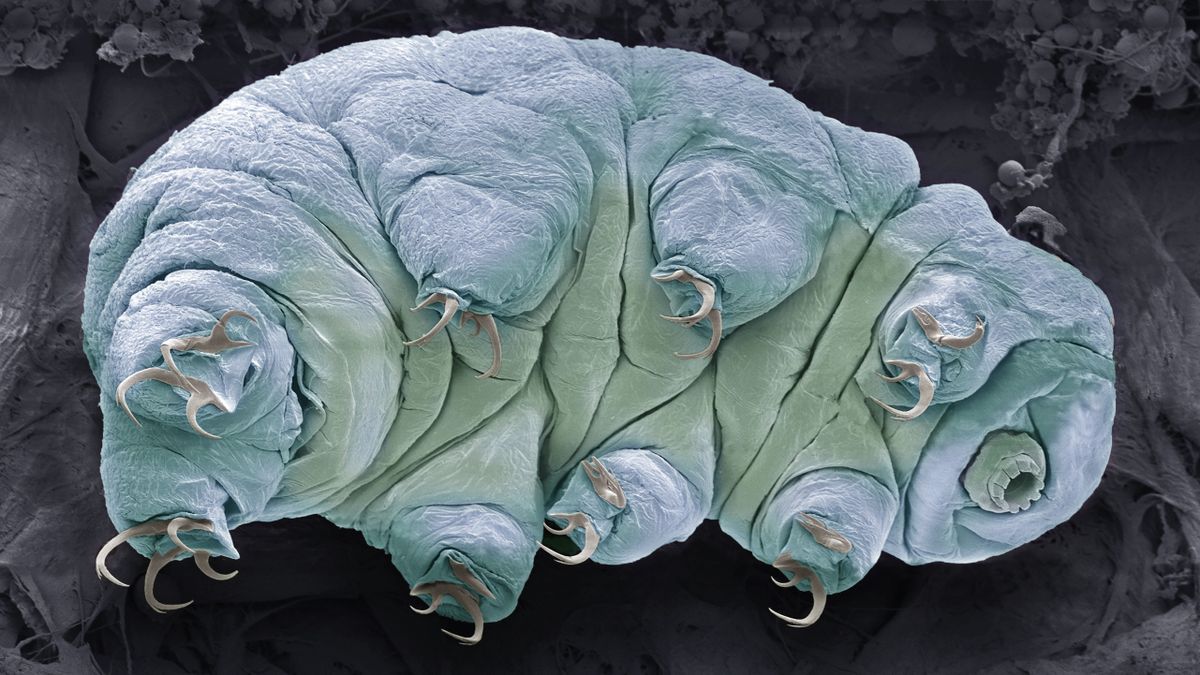- Joined
- 14 Jul 2023
- Messages
- 15
- Reaction score
- 1
- Country


Where did you get that bombshell from?Should be fine but there is an incredibly small risk of anthrax. They used horse hair as a binding agent. There are fewer than one case per year of people inhaling anthrax horse hairs.
I did type that this was rubbish. Then googled it, apparently it's a genuine concern?!Should be fine but there is an incredibly small risk of anthrax. They used horse hair as a binding agent. There are fewer than one case per year of people inhaling anthrax horse hairs.
It's one of the factors that HSE mentions when managing construction health risks...Where did you get that bombshell from?
I doubt that it would still be alive after 100 years.

so-called horsehair is frequently coconut fibre (coir). it was used to make "horsehair" mattresses as well as mats and ropes. It is usually gingery brown and much stiffer and springy than real horse hair.
In Victorian times it was imported in bales in vast quantities from the Empire, bought very cheap.
And even cows!Apparently hair from goats and other animals were also used.


 www.diynot.com
www.diynot.com

If you need to find a tradesperson to get your job done, please try our local search below, or if you are doing it yourself you can find suppliers local to you.
Select the supplier or trade you require, enter your location to begin your search.
Are you a trade or supplier? You can create your listing free at DIYnot Local
